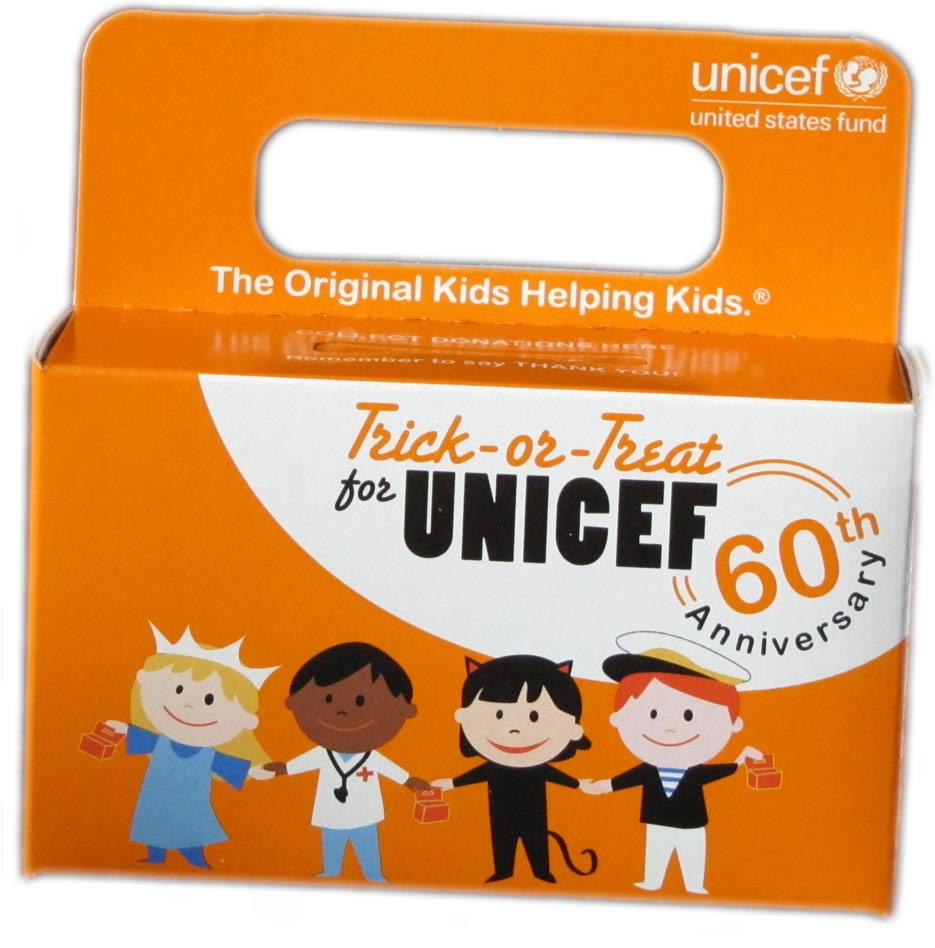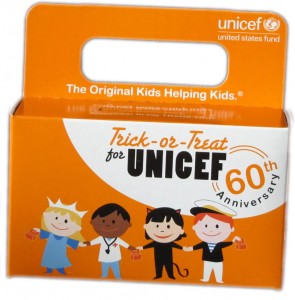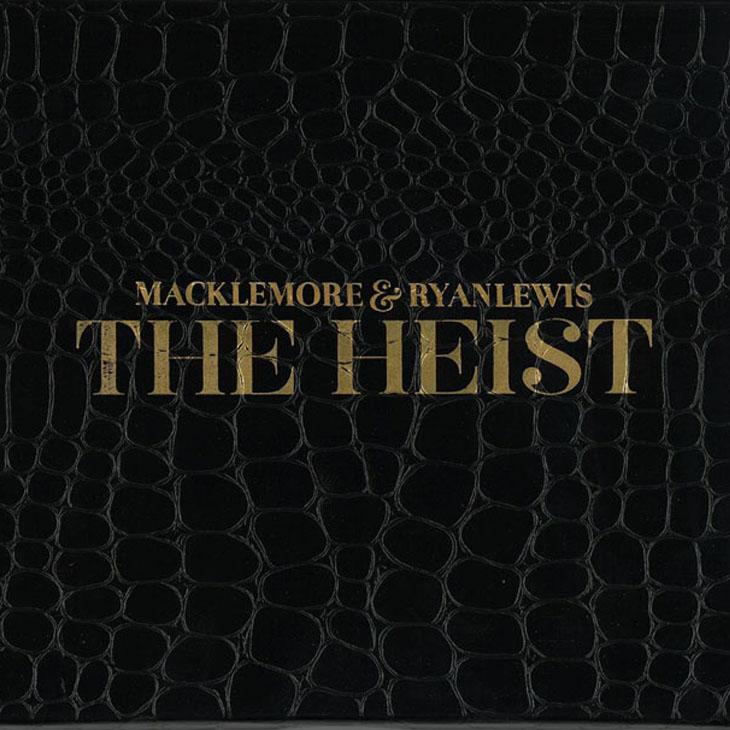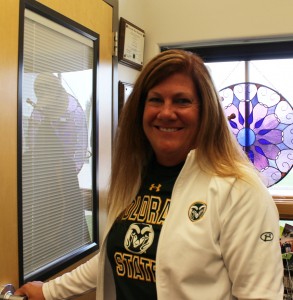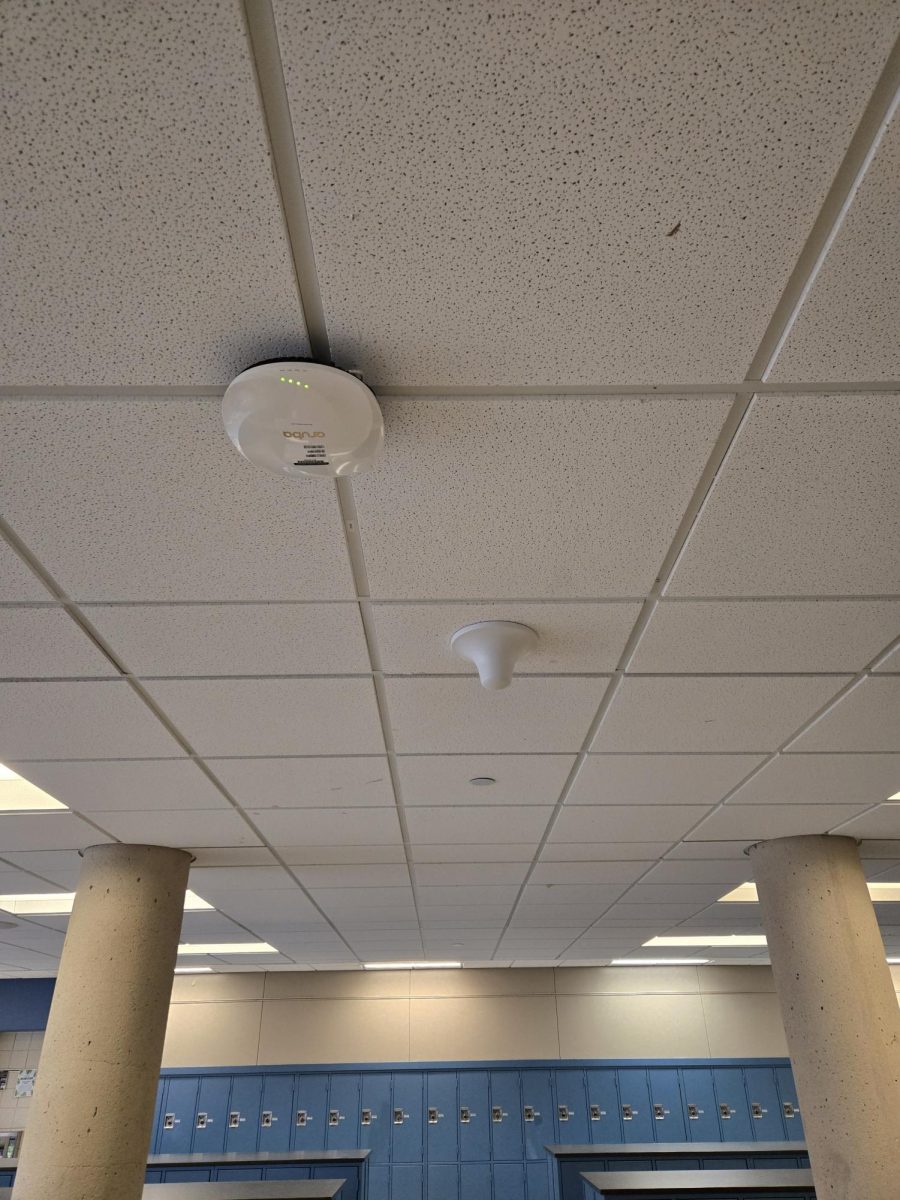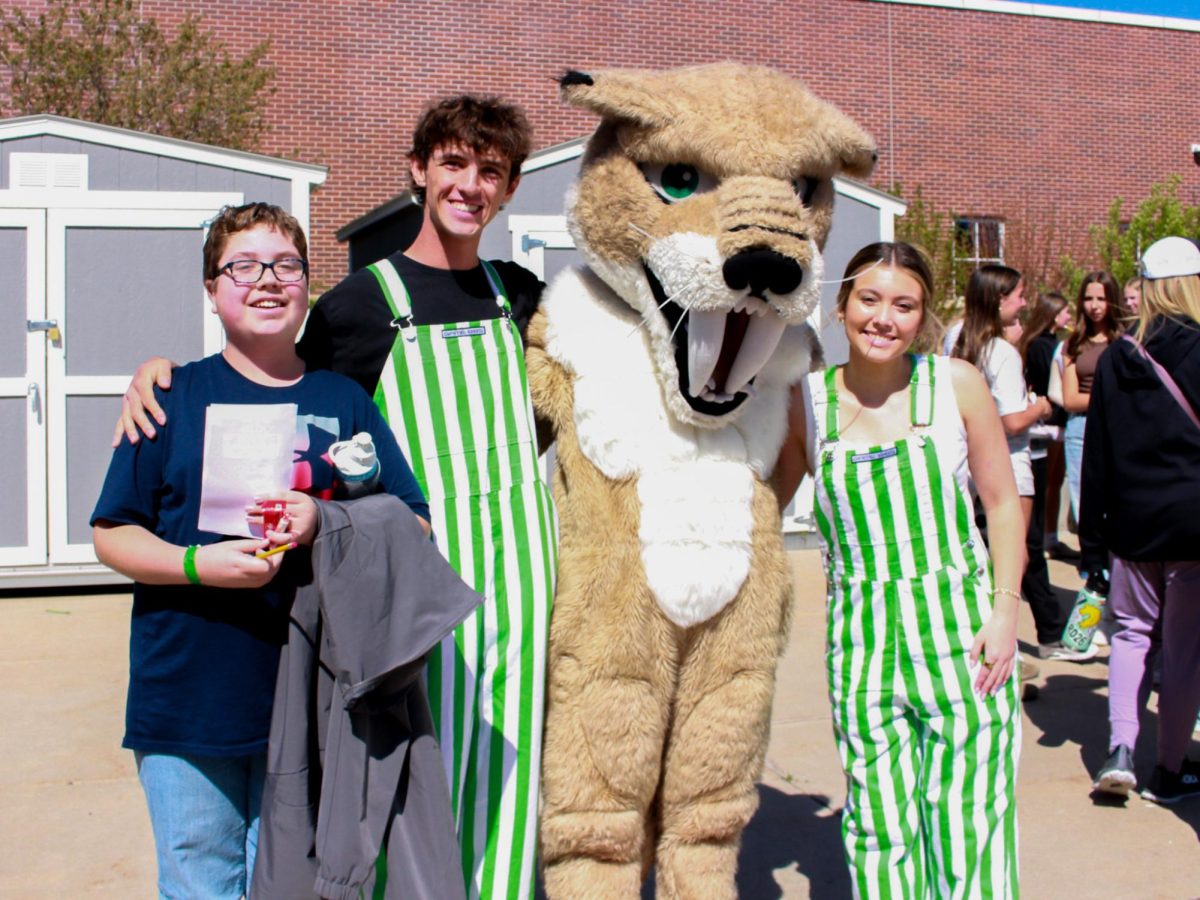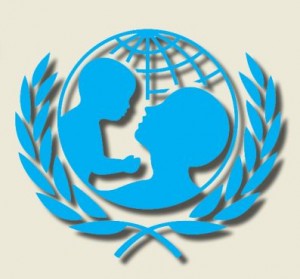 Halloween: a time known for dressing up, scaring people, and handing out that wrapped sugary goodness when the festive kids in cute and scary costumes come and ring your doorbell. This is what most people think of this wonderful fall holiday as. The thing that most people don’t associate with Halloween is charity programs, specifically a charity program called Trick-or-Treat for UNICEF. The program was created in 1950 by UNISEF (United Nations International Children’s Emergency Fund) and has been going strong for 62 years.
Halloween: a time known for dressing up, scaring people, and handing out that wrapped sugary goodness when the festive kids in cute and scary costumes come and ring your doorbell. This is what most people think of this wonderful fall holiday as. The thing that most people don’t associate with Halloween is charity programs, specifically a charity program called Trick-or-Treat for UNICEF. The program was created in 1950 by UNISEF (United Nations International Children’s Emergency Fund) and has been going strong for 62 years.
The concept is simple; kids that trick-or-treat on Halloween night bring small cardboard boxes decorated with the UNISEF logo with them throughout the night. In addition to the traditional “Trick-or-Treat!” that is commonly used when you ring the doorbell on Halloween night, the kids carrying the UNISEF Trick-or-Treat boxes add the phrase “for UNISEF” and ask for a few extra dimes, nickels or quarters. It may seem like a simple concept with a low outcome at first, but the change does in fact start to add up. Between all of the houses that these charitable Halloween children visit on Halloween night, times the amount of kids participating in the program around the world, the Trick-Or-Treat for UNISEF campaign pulls in quite a bit of donations each year.
In 2005, (the year of Hurricane Katrina) the program broke a record of 18.25 million from the simple door to door donations on that one Halloween night. In 2010 (the 60th anniversary of the Trick-or-Treat for UNISEF program) they raised over $160 million for the festive holiday, and the tradition still lives on every year at Halloween. All of the donations go toward helping kids who need support in their lives.
Back in 1950, Trick-Or-Treat for UNISEF was created to help raise money for kids that needed support after WWII. Since then the project has grown dramatically. The program was featured on TV shows and news casts across the country. In 1994, Key Club International started participating by raising money at their school and handing out the collection boxes to the kids that wanted to participate in the charity project. Each year they promote more and more people to join the program in homes that they can help with the struggling kids around the world, rather it be with hunger, lack of shelter, sickness, or other worldly issues.


